How to Find the Value of Burnt Resistor using 4 Handy Methods
How to Determine the Value of a Burnt Resistor Using Four Simple Methods
When troubleshooting, repairing, or designing electrical and electronic circuits, or working with damaged circuit boards, you may encounter situations where you need to replace damaged components such as capacitors, diodes, or resistors. If you need to determine the value of a burnt resistor, you can use the following four handy methods:
Method 1
- Scrape off the outer coating of the resistor.
- Clean the burnt section of the resistor.
- Measure the resistance from one end of the resistor to the damaged section.
- Measure the resistance from the damaged section to the other end of the resistor.
- Add these two resistance values together.
This will give you an approximate value of the burnt resistor. Add a small resistance value to account for the damaged section. For example, if you measure 970 Ω and the original value was 1k Ω, just add 30 Ω to get back to 1k Ω which is the standard size.
- Related Post: How to Test a Capacitor using 8 Simple Methods
Method 2
This method is useful if you’re unfamiliar with resistance color coding and need to find the value of a burnt resistor (or connected resistors in a circuit).
- Connect the resistor to a multimeter and measure the voltage drop across it.
- Measure the current flowing through the resistor.
- Multiply these two values to determine the power rating (P = VI) using Ohm’s Law.
Ensure that the wattage calculated is less than or equal to the wattage of the resistor being replaced.
Method 3
This method is most effective if you know the expected output voltage of the circuit and have a set of resistors with the same wattage as the burnt resistor. Use this method when the resistor value is unknown.
- Start with a high resistance value and temporarily connect this resistor in place of the burnt one.
- Measure the circuit’s output voltage. If it matches the expected voltage, you’re done.
- If you don’t know the expected voltage, gradually reduce the resistance value until the circuit functions as designed.
- Related Post: How to Test a Relay? Checking SSR & Coil Relays
Method 4
In some cases, the value of the resistors is printed directly on the printed circuit board (PCB). If you encounter a burnt resistor, simply look for its value printed on the circuit board. If the value isn’t printed, use one of the methods described above (1-3).
Share this article with friends or colleagues if you found it helpful for determining the value of a burnt resistor.
Let us know in the comments if you know any additional methods for finding the value of burnt resistors.
Related Posts
- How to Find the value of SMD Resistors
- How to Find the Rating of Transformer in kVA
- How to Find the Size of Earth Conductor, Earthing Lead & Earth Electrodes?
- How to Check a Transistor by Multimeter (DMM+AVO) – 4 Ways
- Testing Electrical and Electronics Components and Devices with Multimeter
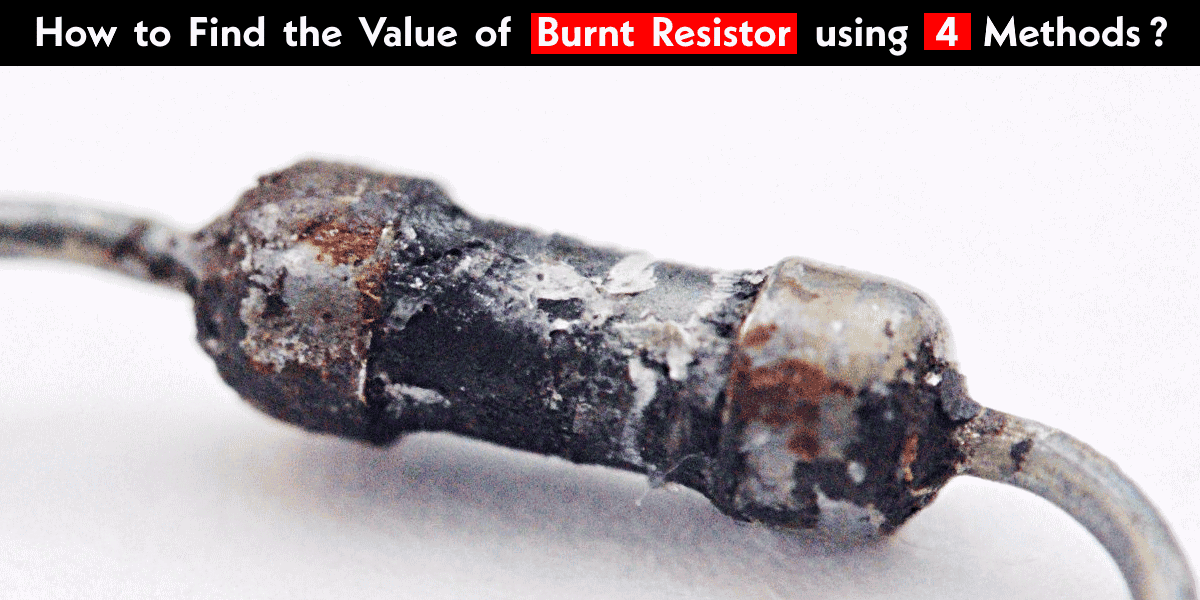



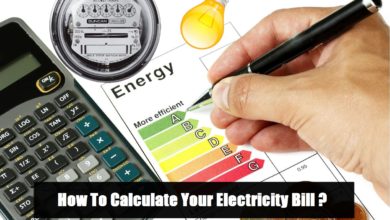
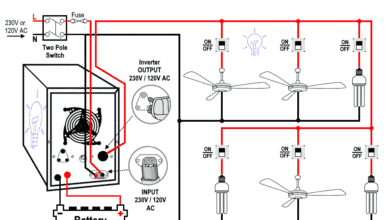

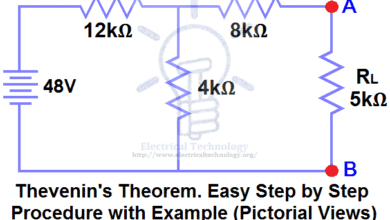
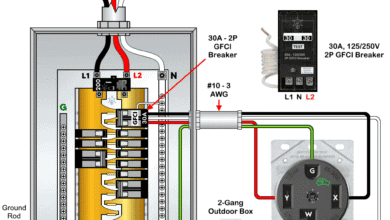
Thats the easy way to explain realy good
nice explanation.done well
please i need to know about electrical
A non centre tap transformer outputs 23v dc.
How do I find the amp output.
Thanks
How do i find the resistance value of a burnt redistor?
My odds has been interestingly relieved thro’ this…”tnapeq”
It’s very good and we can use in various places.such as VID.
I have a new idea, good resistor series connect with the burnt resistor and then mesure the resistor value notify then mines(-) the good resistance value from notified value due to the remaining value is that
:P
Pretty good article. Would have led with the simplest and quickest one first look on the circuit board.